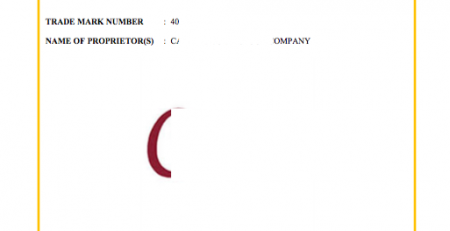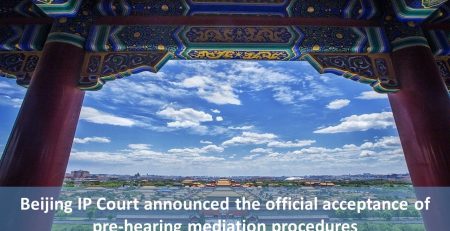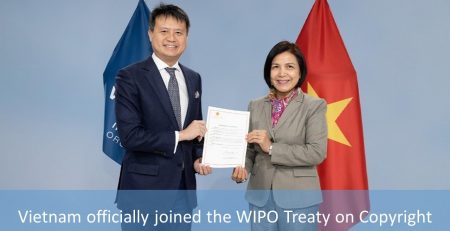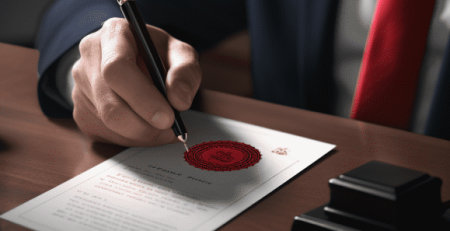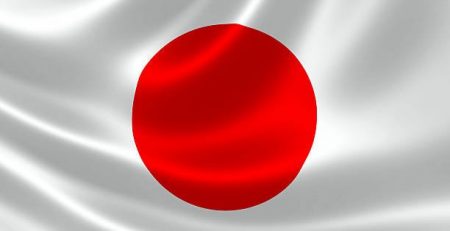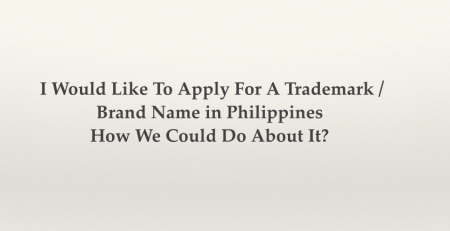Singapore: IPOS’s guidelines on non-physical product designs registration
The Intellectual Property Office of Singapore (IPOS) has released the “Registered Designs Guidelines on Non-Physical Products” to provide applicants with a clearer understanding of registering non-physical products as designs.
On 30 October 2017, Singapore has broadened the scope of designs by including non-physical products as designs in order to support the growth of the local design industry.
This Guidelines will provide an overview of virtual designs and the registration requirements for non-physical products. The key points of the Guidelines are listed in this article:
An overview of the Reality-Virtuality continuum
The Guidelines set out brief explanations of the terms “augmented reality,” “augmented virtuality,” “mixed reality” and “virtual environment” or “virtual reality” contained in the “reality-virtuality continuum” diagram:
 Reality-Virtuality Continuum. Source: IPOS
Reality-Virtuality Continuum. Source: IPOS
- Augmented Reality (AR) adds graphics, sounds, haptic feedback to real-world environments by overlaying computer-generated content into the user’s view of the real world.
- Augmented Virtuality (AV) overlays real world objects and content into the user’s view of the virtual world.
- Mixed Reality (MR) seamlessly blends the user’s real world environment and digitally-created content to bring a totally new experience.
- Virtual Reality (VR) provides a completely immersive experience that shuts the users out of the real-world environment.
Registration requirements for non-physical products
The criteria for the registration of non-physical products are the following:
- No physical form: The design is not tangible or does not have a physical form.
- Produced by projection on surface or into medium: The design is produced by the projection of a design on a surface or into a medium (including air), where the projection is from a light source. Virtual keyboards or number pads that are projected on a surface would fulfill this requirement. In contrast, designs emitted from a device (e.g., the graphical user interface on a mobile phone’s display screen) will not be considered designs applied to a non-physical product as the designs are not emitted from the device.
- Intrinsic utilitarian function, not merely to portray appearance or to convey information: The non-physical product must perform a utilitarian function. Designs for decorative purposes and that do not serve any utilitarian functions are not registrable.
Examples of potentially registrable and non-registrable non-physical products
The Guidelines sets out examples of what is potentially registrable and non-registrable non-physical products:
- Potentially registrable products include designs of musical instruments; whiteboards produced via a smart projector; designs of Virtual Characters used in concerts; designs produced via Head-up display; designs of AR games displayed on mobile phones; designs from a virtual reality headset. For example, users can interact with the designs for a utilitarian function (to produce notes of different pitches in the case of a virtual musical instrument and to write on the whiteboard in the case of a virtual whiteboard).
- Non-registrable products comprise of designs of head-up displays like projections on the windscreen of a vehicle that provide information to drivers. These products are non-registrable because these displays merely convey information, and designs from a virtual reality headset as the virtual environment or design is merely displayed from a screen and not emitted, and the designs merely portray an appearance that serves no utilitarian function.
The Guidelines provide further guidance on key application requirements, frequently asked questions, and the rights conferred by registration (i.e., exclusive rights of the owner of the design, right to infringement proceedings and relief that the aggrieved party may be entitled to).
– You could visit here to see Procedure of Singapore Trademark Registration.
– You could visit here to check the required documents for filing trademark in Singapore
– You can also check the Fee of Trademark In Singapore here.
– You could check how to register trademark in Singapore here.
Contact AAA IPRIGHT: Email: [email protected]
Or sending your inquiry by filling the form:


